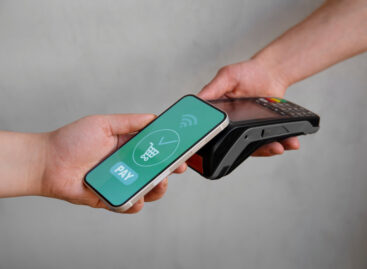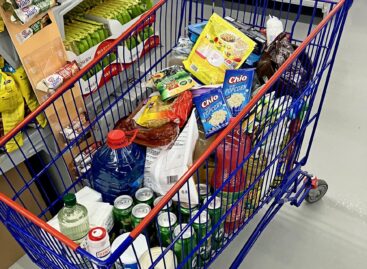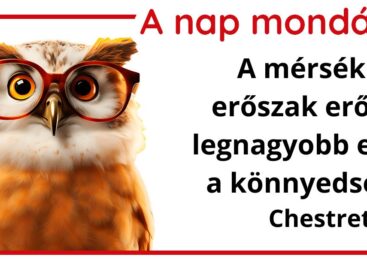Simstore: reality recreated virtually

Today we already know that shopper decisions are based more on emotions than rational thinking. Still, if retailers want to be successful they need to analyse lots of background information. GfK NORM virtual in-store research solutions and the company’s ‘Simstore’ technology rely on practical experience to optimise marketing activities for influencing the buying decisions of shoppers. What is Simstore technology? It is a research platform that recreates the in-store shopping experience as accurately as possible. Simstore is capable of describing actual shopper behaviour more precisely than ever before, making it possible to test the scenarios of POS marketing strategies both in-store and online.

Andrea Földvári
Product Consultant
GfK
For example let’s examine Simstore’s planogram optimisation function. Retailers wanted to know how to arrange frozen food products in the freezers in order to sell as many as possible. Products were displayed in the freezers three ways: 1. horizontally according to size (single portion, family size) and vertically according to brand, 2. the product manufacturer wanted a kind of ‘billboard effect’ and put all of their products at the same place, 3. the company’s products were placed together, but selected products were displayed next to the products of their biggest competitors.
The test was performed in five US markets with the participation of 400 respondents. Results proved how important the planogram is in selling the products and in the length of shopper decision making. It is noteworthy that the ideal product arrangement very much depended on product type. Well-known brands to which consumers are loyal worked best in the billboard-type arrangement. However, in the case of certain products developed for specific lifestyles or shopper segments sales increased when they were put next to similar products of other manufacturers.
Having these research results, the product manufacturer had the opportunity to convince retailers about the new kind of product placement, saying that it will make buying easier for customers and will have a positive effect not only on sales of the given brand, but also on category sales in general in the retailer’s stores. Just how flexible the Simstore method is? It is well-indicated by another example: in a fast food restaurant virtual menu boards were displayed, on which various choices were grouped differently for customers in the busy lunchtime hours. Putting dishes and drinks in menus and offering a little price discount on them speeded up the ordering process, consumers ordered more and sales increased. As a conclusion we can say that the ‘tracking’ function of the virtual simulation mentioned in the two examples helped the two companies in understanding shopper behaviour better. //
Related news
Germans Open to AI Agents in Shopping
🎧 Hallgasd a cikket: Lejátszás Szünet Folytatás Leállítás Nyelv: Auto…
Read more >GfK’s November German consumer sentiment index worsened
🎧 Hallgasd a cikket: Lejátszás Szünet Folytatás Leállítás Nyelv: Auto…
Read more >GfK study: This is how European commercial purchasing power has changed in 2025
🎧 Hallgasd a cikket: Lejátszás Szünet Folytatás Leállítás Nyelv: Auto…
Read more >Related news
(HU) A nap mondása
🎧 Hallgasd a cikket: Lejátszás Szünet Folytatás Leállítás Nyelv: Auto…
Read more >(HU) Kautzky Szemők Adrienn: Vigyázzunk a sarlatánokkal
🎧 Hallgasd a cikket: Lejátszás Szünet Folytatás Leállítás Nyelv: Auto…
Read more >The Hortobágy fish farm delivers one hundred tons of fish to stores every day
🎧 Hallgasd a cikket: Lejátszás Szünet Folytatás Leállítás Nyelv: Auto…
Read more >






